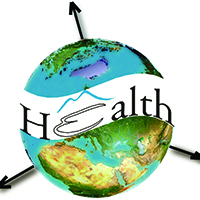Spatial pattern of dengue cases: An analysis in Bangi District, Selangor, Malaysia

All claims expressed in this article are solely those of the authors and do not necessarily represent those of their affiliated organizations, or those of the publisher, the editors and the reviewers. Any product that may be evaluated in this article or claim that may be made by its manufacturer is not guaranteed or endorsed by the publisher.
Authors
In recent decades, dengue outbreaks have become increasingly common around the developing countries, including Malaysia. Thus, it is essential for rural as well as urbanised livelihood to understand the distribution pattern of this infection. The objective of this study is to determine the trend of dengue cases reported from the year 2014 to 2018 and the spatial pattern for this spread. Spatial statistical analyses conducted found that the distribution pattern and spatial mean centre for dengue cases were clustered in the eastern part of the Bangi region. Directional distribution observed that the elongated polygon of dengue cluster stretched from the Northeast to the Southwest of Bangi District. The standard distance observed for dengue cases was smallest in the year 2014 (0.017 m), and largest in 2016 (0.019 m), whereas in the year 2015, 2017 and 2018, it measured 0.018 m. The average nearest neighbour analysis also displayed clustered patterns for dengue cases in the Bangi District. The three spatial statistical analyses (spatial mean centre, standard distance and directional distribution) findings illustrate that the dengue cases from the year 2014 to 2018 are clustered in the Northeast to the Southwest of the study region.
How to Cite
PAGEPress has chosen to apply the Creative Commons Attribution NonCommercial 4.0 International License (CC BY-NC 4.0) to all manuscripts to be published.













